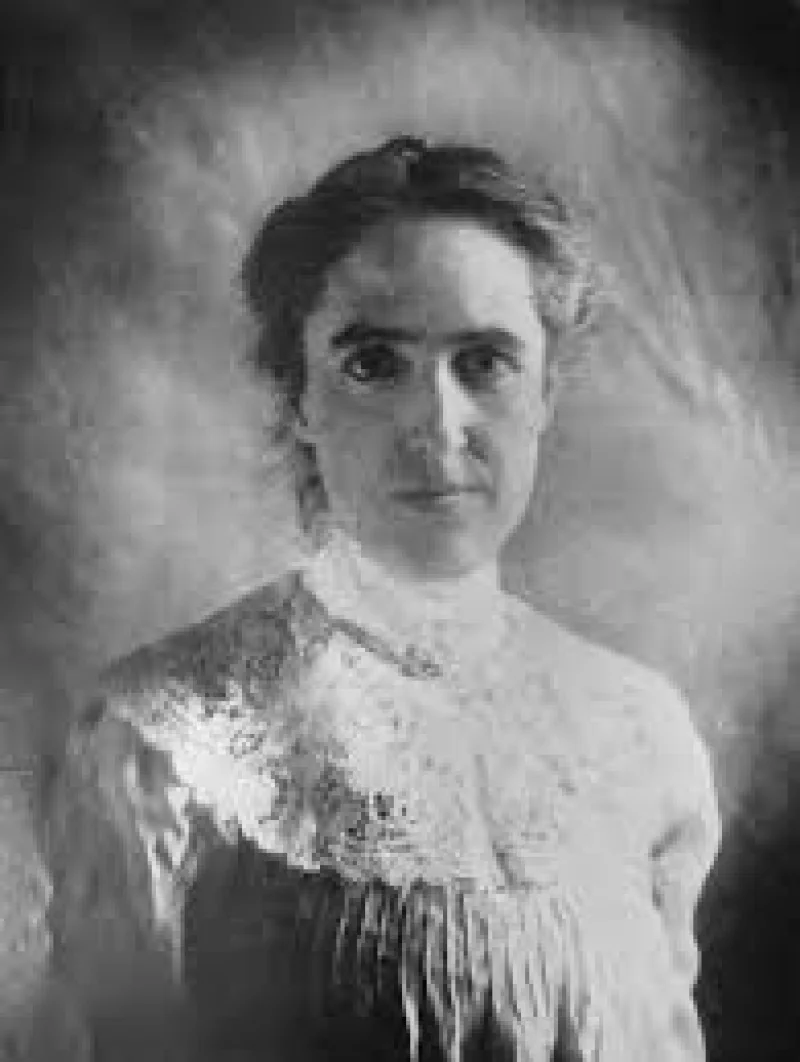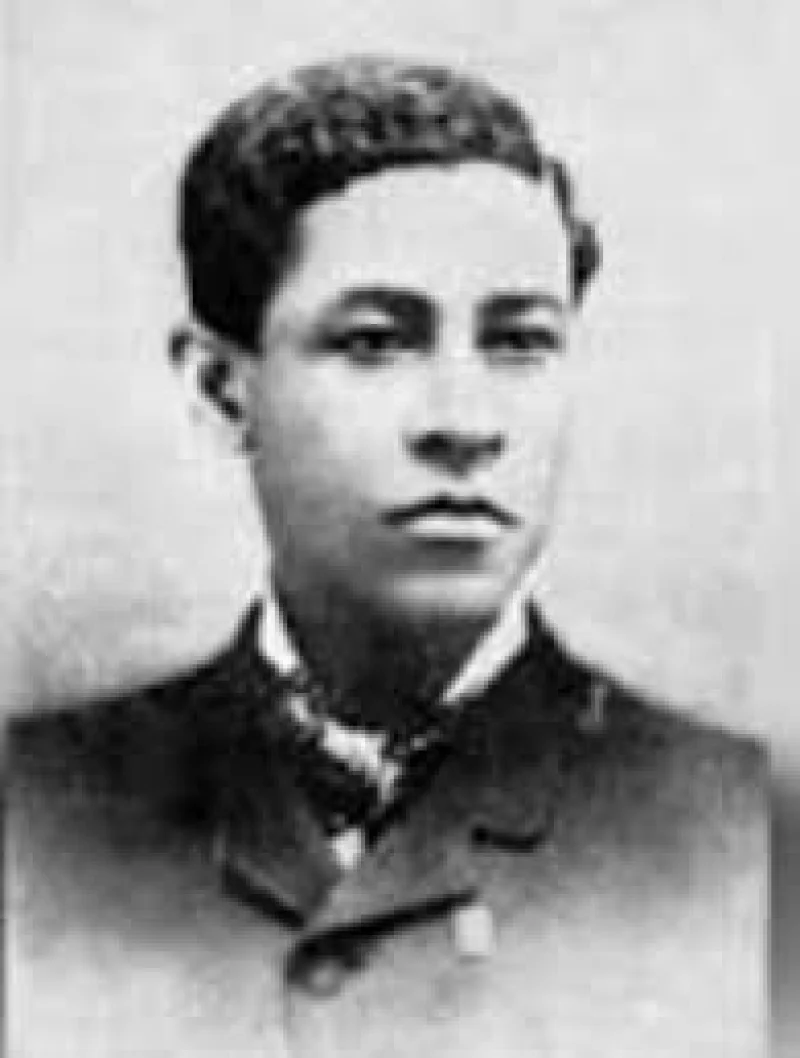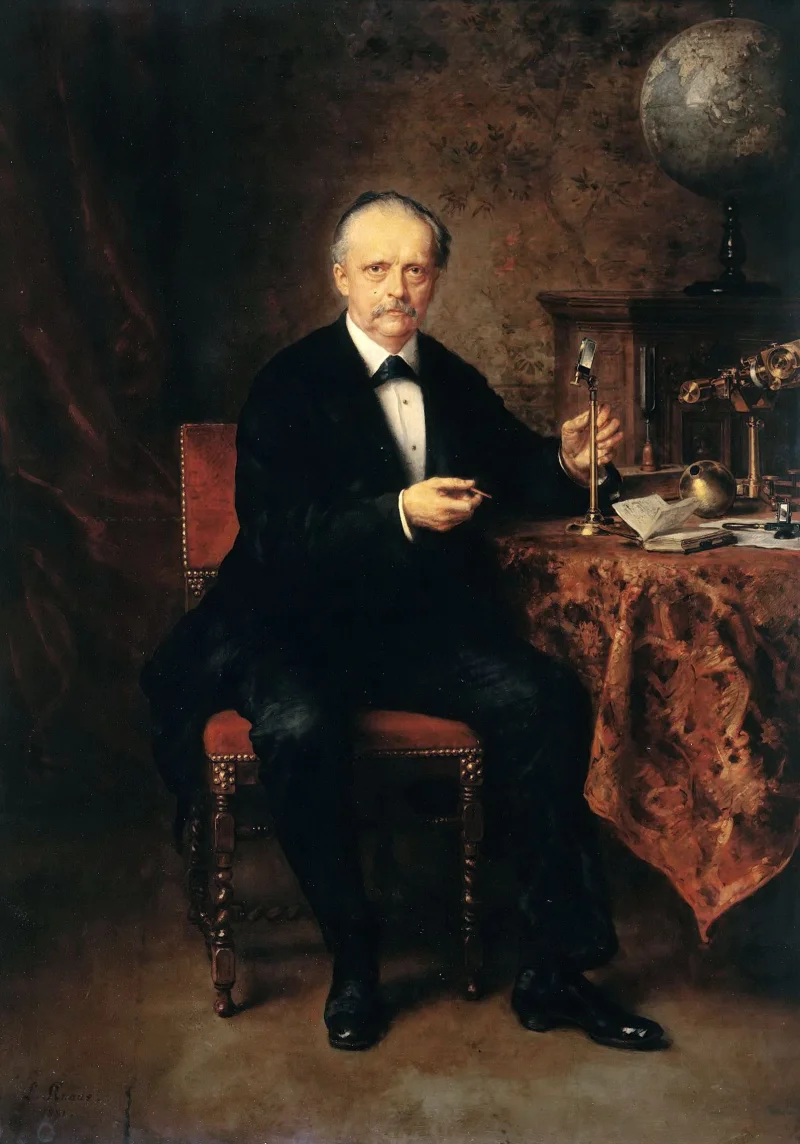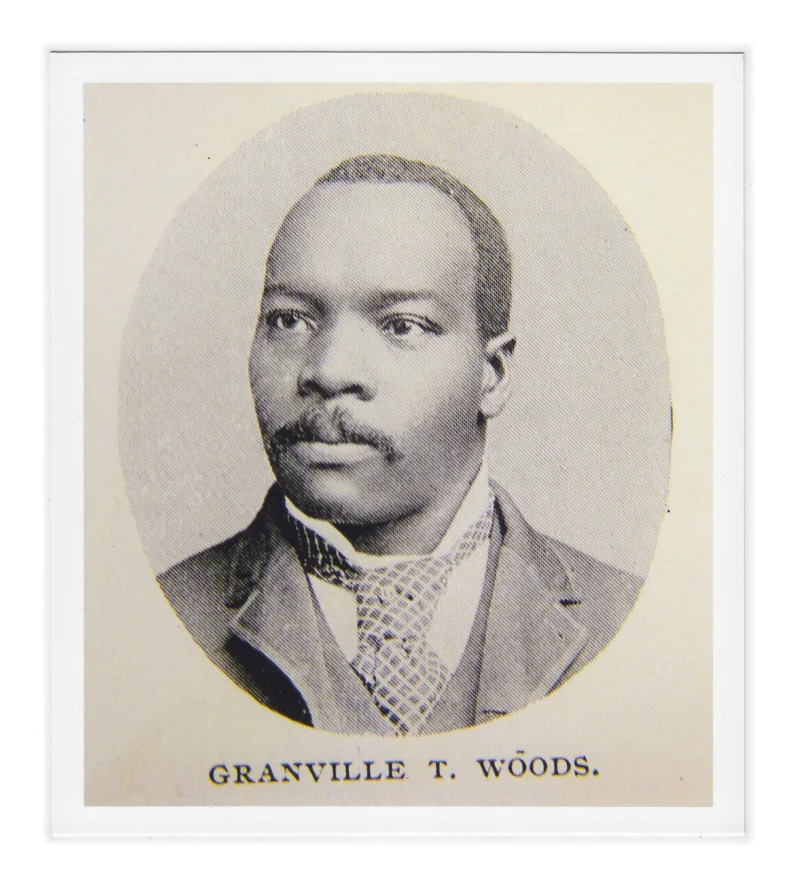Short Summary
Henrietta Leavitt was an American astronomer renowned for her groundbreaking discovery of the relationship between the luminosity and the period of Cepheid variable stars. This significant finding paved the way for the measurement of cosmic distances, establishing her as a pivotal figure in the field of astronomy. Despite her immense contributions, she worked largely in obscurity during her lifetime, overshadowed by her male counterparts. Her work laid the foundation for future astronomers, including Edwin Hubble, to explore and understand the universe in unprecedented ways.
Early Life & Education
Henrietta Swan Leavitt was born on July 4, 1868, in Lancaster, Massachusetts, into a well-educated family. Her father was a Congregational minister, which influenced her upbringing in a nurturing and intellectually stimulating environment. She attended Oberlin College before transferring to Radcliffe College, then known as the Society for the Collegiate Instruction of Women, where she discovered her passion for astronomy. Though her education was interrupted by an illness that resulted in hearing loss, her determination and intellectual curiosity led her to continue her studies and eventually contribute significantly to the field of astronomy.
Career Highlights
Henrietta Leavitt began her career at the Harvard College Observatory in 1895 as a "computer," a term used for women who performed mathematical calculations. Under the guidance of Edward Charles Pickering, she was assigned the task of examining photographic plates to study variable stars. Her keen analytical skills and meticulous attention to detail led her to discover a pattern in the variations of Cepheid variable stars. This discovery, known as the period-luminosity relation, became a cornerstone for measuring astronomical distances, revolutionizing the field. Despite her significant contributions, her work was often uncredited during her lifetime.
Major Achievements
- Discovered the period-luminosity relationship for Cepheid variable stars, enabling the calculation of cosmic distances.
- Contributed significantly to the field of variable star astronomy through meticulous research and analysis.
- Her work provided a foundational tool that facilitated the subsequent discovery of the expanding universe.
Famous Quotes
- "A straight line can be drawn among each of the variables." (referring to her discovery of the period-luminosity relationship)
Interesting Facts
- She suffered significant hearing loss due to an illness during her college years.
- Leavitt's work was instrumental in Edwin Hubble's discovery that the universe is expanding.
- She was never formally recognized with awards during her lifetime, despite her groundbreaking contributions.
- Her discovery was so pivotal that it is sometimes referred to as "Leavitt's Law."
Legacy / Influence
Henrietta Leavitt's discovery of the period-luminosity relationship for Cepheid variable stars had a profound impact on the field of astronomy. Her work allowed astronomers to measure vast cosmic distances accurately, fundamentally changing our understanding of the universe. This breakthrough laid the groundwork for further astronomical discoveries, such as the expanding universe theory, and continues to influence the field today. Her legacy is celebrated as a testament to the critical contributions of women in science.
FAQ
Q: Why is Henrietta Leavitt famous?
A: She is famous for discovering the period-luminosity relationship of Cepheid variable stars, which allowed for accurate measurement of cosmic distances.
Q: What was Henrietta Leavitt's major discovery?
A: Her major discovery was the period-luminosity relationship for Cepheid variable stars.
Q: How did her discovery influence astronomy?
A: It enabled astronomers to measure the scale of the universe, leading to the discovery of its expansion.











